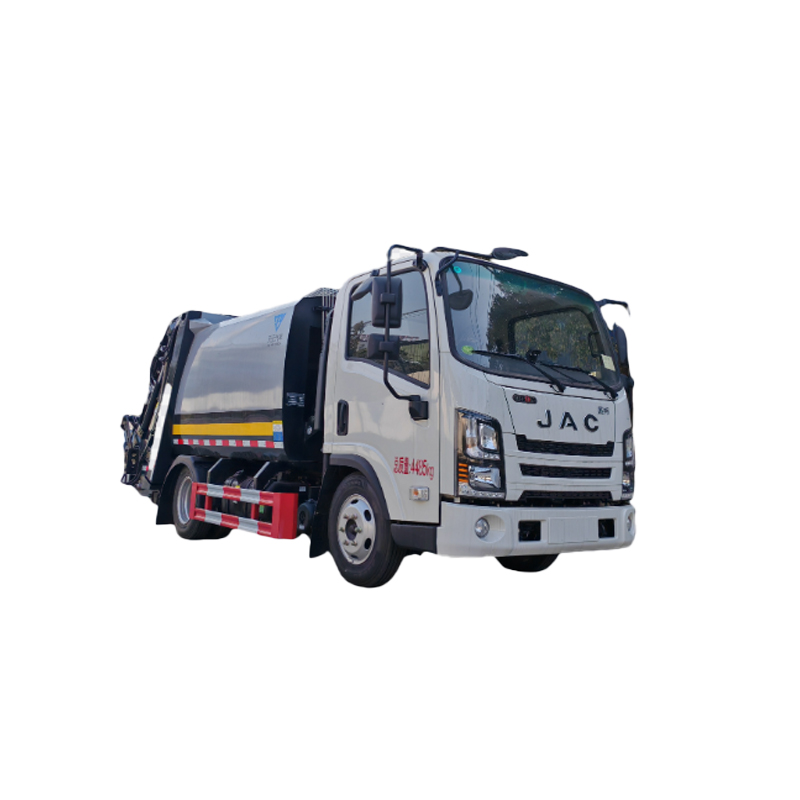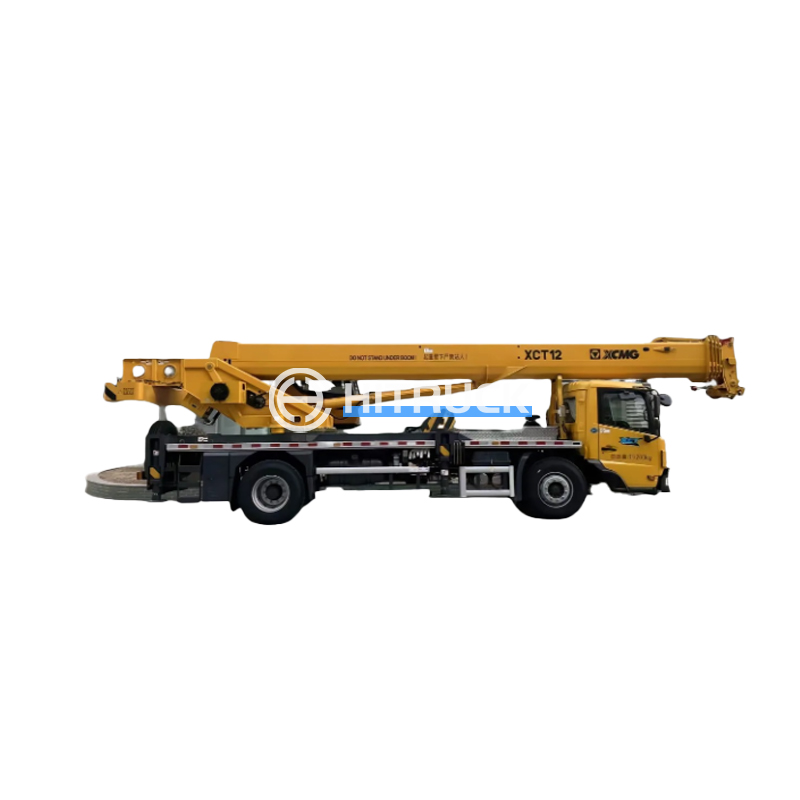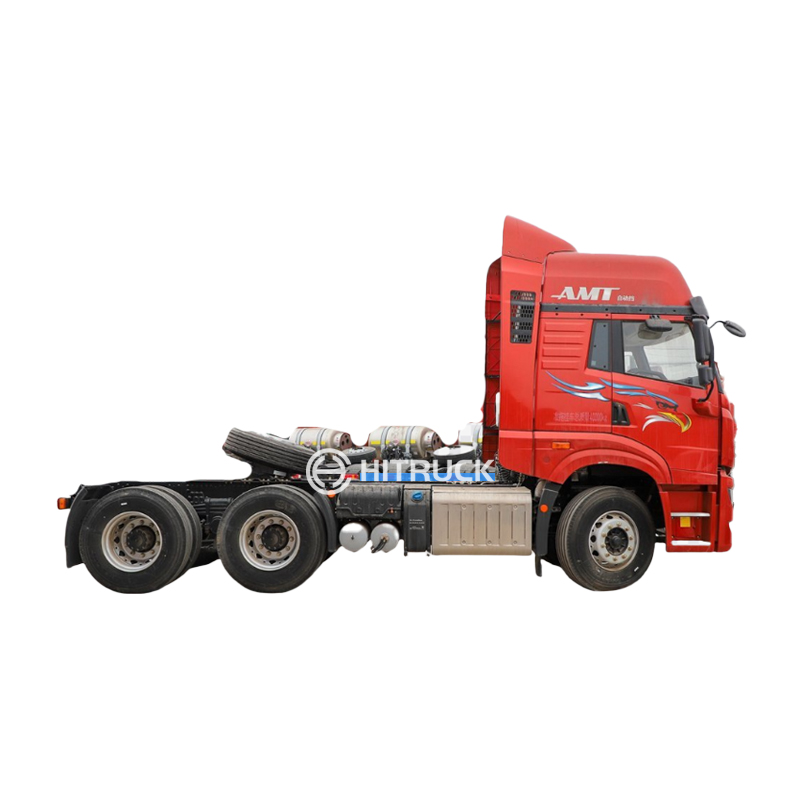This article explores the burgeoning field of electric fire trucks, examining their advantages, challenges, and the future of this sustainable firefighting technology. We delve into the key features, performance metrics, and real-world deployments of these innovative vehicles, providing a comprehensive overview for those interested in learning more.
One of the most significant benefits of electric fire trucks is their drastically reduced carbon footprint. Unlike their diesel counterparts, they produce zero tailpipe emissions, contributing to cleaner air in urban environments and reducing the overall environmental impact of firefighting operations. This is particularly crucial in densely populated areas where air quality is a major concern. This aligns with global efforts towards sustainability and reducing greenhouse gas emissions.
The near-silent operation of electric fire trucks is a substantial advantage, especially in sensitive urban areas. The reduced noise pollution improves public safety and minimizes disruption during emergency responses. This quieter operation also allows for better communication during critical incidents.
Electric fire trucks often boast improved energy efficiency compared to traditional diesel models. While the initial energy consumption for charging might seem high, the overall energy efficiency over the vehicle's lifespan can be advantageous, particularly when factoring in reduced maintenance costs.
Electric vehicles typically require less maintenance than diesel vehicles, translating to lower operational costs over their lifespan. Fewer moving parts and reduced reliance on complex internal combustion systems contribute to this reduced maintenance burden.
A key challenge for electric fire trucks is their range and recharge time. The battery capacity needs to be sufficient to support extended operational periods, and fast charging infrastructure is essential to ensure rapid deployment and availability.
The lifespan of electric vehicle batteries is a crucial factor. While battery technology is constantly improving, replacement costs can be significant, and the disposal of used batteries requires careful consideration.
Balancing the need for sufficient energy storage with the required payload capacity for firefighting equipment presents a design challenge for electric fire trucks.
The initial purchase price of an electric fire truck is often higher than that of a comparable diesel model. However, the long-term cost savings from reduced maintenance and fuel costs might offset this initial investment over the vehicle's lifespan.
Technological advancements in battery technology, charging infrastructure, and electric motor design are driving the continued development and adoption of electric fire trucks. As battery capacities increase and charging times decrease, these vehicles are poised to play an increasingly important role in the future of firefighting.
Several fire departments worldwide are already integrating electric fire trucks into their fleets. Further research into specific deployments and their performance data will provide more concrete insights into the practical applications and long-term effectiveness of this technology. The continuous evolution of this sector promises exciting innovations in the near future.
For more information on sustainable transportation solutions, visit Suizhou Haicang Automobile sales Co., LTD and explore their range of heavy-duty vehicles.












